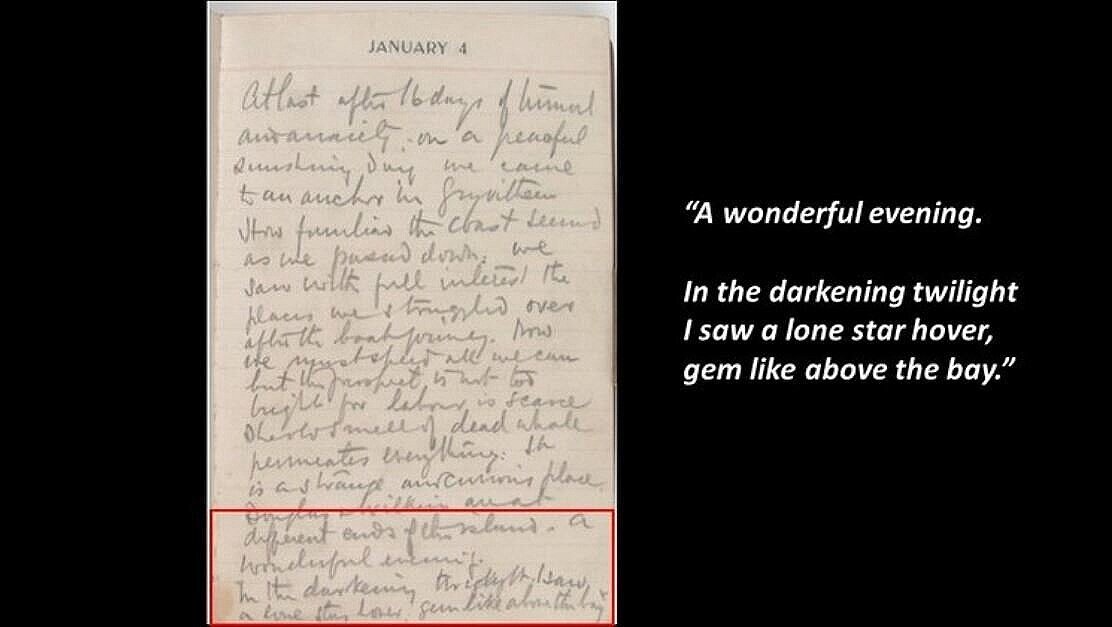as the herd of mule deer, regular as clockwork, slowly migrate through the back forty.
White-Crowned Sparrows...
are frequent visitors at the feeder.
Immature White-Crowned Sparrow (Zonotrichia leucophrys).
Ten days to landing on Mars...
in Jezero Crater for the NASA/JPL Perseverance rover, targeting this interesting deltaic landform shown below. Launched in July 2020 and now about to land, the geomorphologist in me is now getting very excited!
Oblique view of northwestern portion of Jezero Crater showing inflow feeder channel (upper left) and the topographically inverted delta complex (Link to full res image.)
Black landing ellipse is about 8 km long in the east-west direction. (Link to full res image.)
Geologic map of landing area in Jezero Crater from Williams et al., 2020 (Link to .pdf article.)
Seems like cheating to me...
if you’re just going to land a helicopter on the summit of Castleton Tower.
Hey, if you’re going to travel to the top of the Tower in style, then do it in a vintage 1964 Chevy Impala!
California Scrub Jay...
raiding a neighbor’s feeder this morning, then swiftly retreating to a hackberry tree, shortly after sunrise.
California Scrub Jay (Aphelocoma californica).
Nutcracking House Finch...
working with machine-like efficiency on its breakfast of sunflower seeds this morning.
Adult male House Finch (Haemorhous mexicanus).
Every day is a great day...
for mountain biking in Castle Valley, and today is no exception.
Yet another lousy day in Utah.
Animal eye detection and auto-focusing...
on the Canon EOS R6 is nothing short of revolutionary. While I’m not at all happy with any of the image compositions and exposures below, the focus is tack sharp on the eye, where it should be. In addition, these were all shot through a horribly dirty window and nearly directly into the sun. No fill flash was used as birds were illuminated by reflected sunlight.
UPDATE: I’ve cleaned my windows now. What a difference that will make!
The Canon EOS R6...
is the newest camera in the quiver, incorporating the latest in mirrorless technology, and mates (with an adapter) to my array of Canon EF lenses.
First light: Skyline on fire, the approaching sunset this evening, shot with the R6.
The early mountain biker...
gets to lay down the first tracks, especially fun after a two-inch dusting of snow in Castle Valley last night.
The four-inch tires on the RadRover 5 are perfectly suited to the highly variable surface conditions.
Sharp-Shinned Hawk...
perched in the ash tree next to the feeding station on a snowy day, patiently waiting for an opportunity to grab a meal. I shot this through the kitchen window after patiently waiting for the right opportunity myself.
Sharp-Shinned Hawk (Accipiter striatus), the smallest hawk in North America.
Crepuscular rays...
forming an illuminated curtain in front of the La Sal Mountains during dawn this morning, with Round Mountain somewhat silhouetted in the foreground.
What if...
Castleton Tower toppled? Perish the thought!
Or, alternatively, another sandstone tower was present atop Baby Carriage Rock, as there almost certainly was in the distant past?
Geometric artwork of hoarfrost...
is sustained in deeply-shaded areas where temperatures never rise above freezing, coupled with a right amount of moisture in the chilled air. The ice crystals comprising the surface hoar that is pictured below are much like icy corn flakes and about the same size.
Venus and Luna rising...
above the high summits in the La Sal Mountains, Utah on this frigid early morning.
Rockfall from Porcupine Rim...
in Castle Valley, Utah occurred around 1 am MST, and was so loud that it woke me up! I stoked the fire in the wood stove and went back to bed, finding the small scar and debris run-out only after sunrise. It’s the geology of now!
Closer view under different lighting conditions.
Debris shed during the small event was funneled into several steep ravines eroded into the mudstone slopes of the Chinle Formation. The vertical Wingate escarpment is about 500 feet high to give a sense of scale. No residential structures were impacted.
Waning crescent moon...
under 8% illumination, three days before the new moon.
A conspiracy of ravens...
Common Raven (Corvus corax).
Sir Ernest Henry Shackleton...
died on this day in 1922 in Grytviken, South Georgia, and is buried in the graveyard just outside the historic and remote whaling station. On the evening before he passed away, after returning to his ship in the harbor - the Quest - he wrote what was to be the final entry in his log book:
Final page from Shackleton’s log book, courtesy of the Scott Polar Institute.
Using the SkySafari planetarium program, entering the location, time and date of that fateful night in Grytviken, this is the starry sky that Shackleton would have witnessed. Sirius and Canopus are the two brightest stars in the night sky, and he was almost certainly writing about one of them.
Sir Ernest Shackleton is one of my great heroes, leading the entire crew of the Endurance to an epic rescue in brutal Antarctic conditions on the ill-fated 1914–1917 Imperial Trans-Antarctic Expedition. I will certainly raise a toast to him today, the 99th anniversary of his death. RIP.
A Western Meadowlark...
joins the seed hunt at the feeding station.
Western Meadowlark (Sturnella neglecta). (Click image to enlarge.)








































